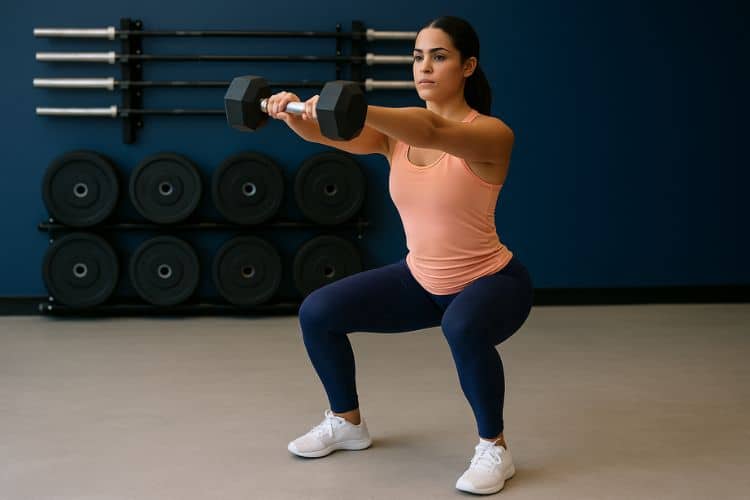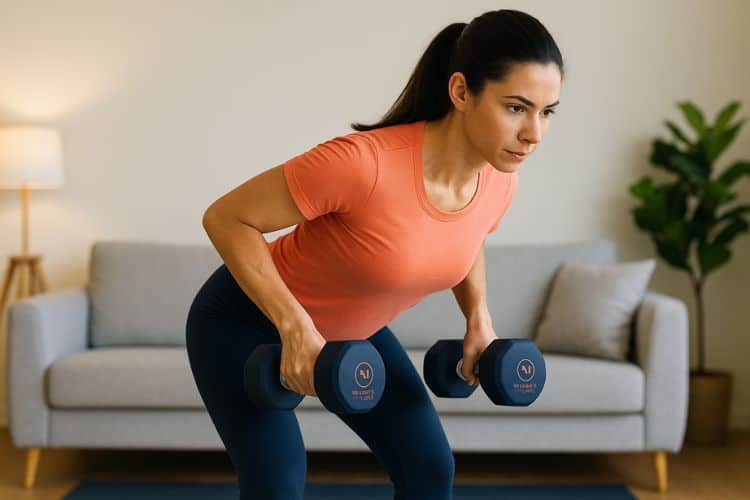Sign up for workout ideas, training advice, reviews of the latest gear and more.





As women age, maintaining physical strength becomes increasingly important. Weight lifting, also known as resistance or strength training, offers a multitude of benefits for women over 50. It’s not just about building muscle; it’s about enhancing overall health, preserving mobility, and improving quality of life. This guide explores the key reasons why weight lifting is essential, how to get started, and practical tips to create an effective routine.
Muscle mass naturally declines with age—a phenomenon called sarcopenia. This loss starts as early as your 30s and accelerates after 50, leading to reduced strength and functionality. Weight lifting slows or even reverses this process, helping maintain muscle and strength well into later years.
Osteoporosis is a common concern for postmenopausal women. Weight-bearing exercises, including lifting weights, promote bone density and reduce the risk of fractures. The stress placed on bones during resistance training stimulates bone growth, making it a vital component of osteoporosis prevention.
Muscle tissue burns more calories at rest than fat. Building lean muscle through weight lifting increases metabolic rate, making it easier to maintain a healthy weight and support overall metabolic health.
Strength training enhances coordination, balance, and stability, reducing the risk of falls—a major cause of injuries in older adults. Stronger muscles also support joint health, making daily movements smoother and more comfortable.
Physical activity, including weight lifting, releases endorphins, which improve mood and reduce symptoms of anxiety, reducing stress levels and depression. Furthermore, the sense of accomplishment from lifting weights boosts confidence and mental resilience.
Before starting a new fitness routine, especially if you have existing health concerns or are new to exercise, consult your doctor. They can help identify any restrictions and ensure weight lifting is safe for you.
You don’t need fancy equipment to start weight lifting. Here are some common tools you can use:
If possible, hire a certified personal trainer who specializes in training older adults. They can help create a personalized plan, teach proper technique, and reduce the risk of injury.
Aim for 2–3 weight lifting sessions per week, with rest days in between to allow muscles to recover and grow.
Each session should last about 30–45 minutes, including a warm-up and cool-down.
Take 30–60 seconds of rest between sets, adjusting based on the intensity of the workout.
Always begin with a 5–10 minute warm-up to increase blood flow and prepare muscles for exercise. Activities like brisk walking or dynamic stretches are effective.
Proper technique is critical to avoid injuries. Start with light weights and prioritize mastering the movement before increasing intensity.
Pay attention to how your body feels during and after exercise. Stop if you experience sharp pain, and consult a trainer or healthcare provider if discomfort persists.
Drink water before, during, and after your workout to maintain hydration and support muscle function.
Mix up your exercises to target different muscle groups and prevent workout monotony.
It’s natural to feel hesitant about weight lifting, but starting slow and using proper form minimizes risks. Enlisting the help of a trainer can also provide reassurance.
Even short sessions are beneficial. Try 15–20 minutes of focused resistance training if you’re pressed for time.
Joining a beginner-friendly class or working out with a partner can boost confidence. Remember, everyone starts somewhere.
Keep a journal to record your workouts, including the exercises, weights, sets, and repetitions. Tracking progress keeps you motivated and highlights areas for improvement.
A balanced diet with adequate protein, healthy fats, and complex carbohydrates supports muscle recovery and overall energy levels. Include lean proteins like chicken, fish, tofu, or legumes in your meals.
Recovery is just as important as the workout itself. Ensure you get 7–9 hours of sleep per night and incorporate active recovery days with light activities like walking or yoga.
Stretching after your workout helps reduce muscle stiffness. Foam rolling can relieve tension and improve flexibility.
Weight lifting doesn’t just improve physical health—it enhances mental and emotional well-being. Many women report feeling empowered and more confident after adopting a strength training routine. It’s also a great way to build a sense of community by connecting with others who share similar goals.
Countless women have transformed their lives through weight lifting. Whether it’s regaining the ability to perform daily tasks with ease or feeling stronger and healthier than ever before, these stories are a testament to the power of strength training.
Weight lifting is a powerful tool for women over 50 to reclaim their health and vitality. It’s never too late to start, and the benefits go far beyond physical strength. With the right mindset, guidance, and consistency, weight lifting can become a cornerstone of a healthy and fulfilling lifestyle. Start small, stay patient, and celebrate every milestone on your journey to strength and wellness.
Stay up to date on the latest women’s health, fitness and lifestyle trends and tips.